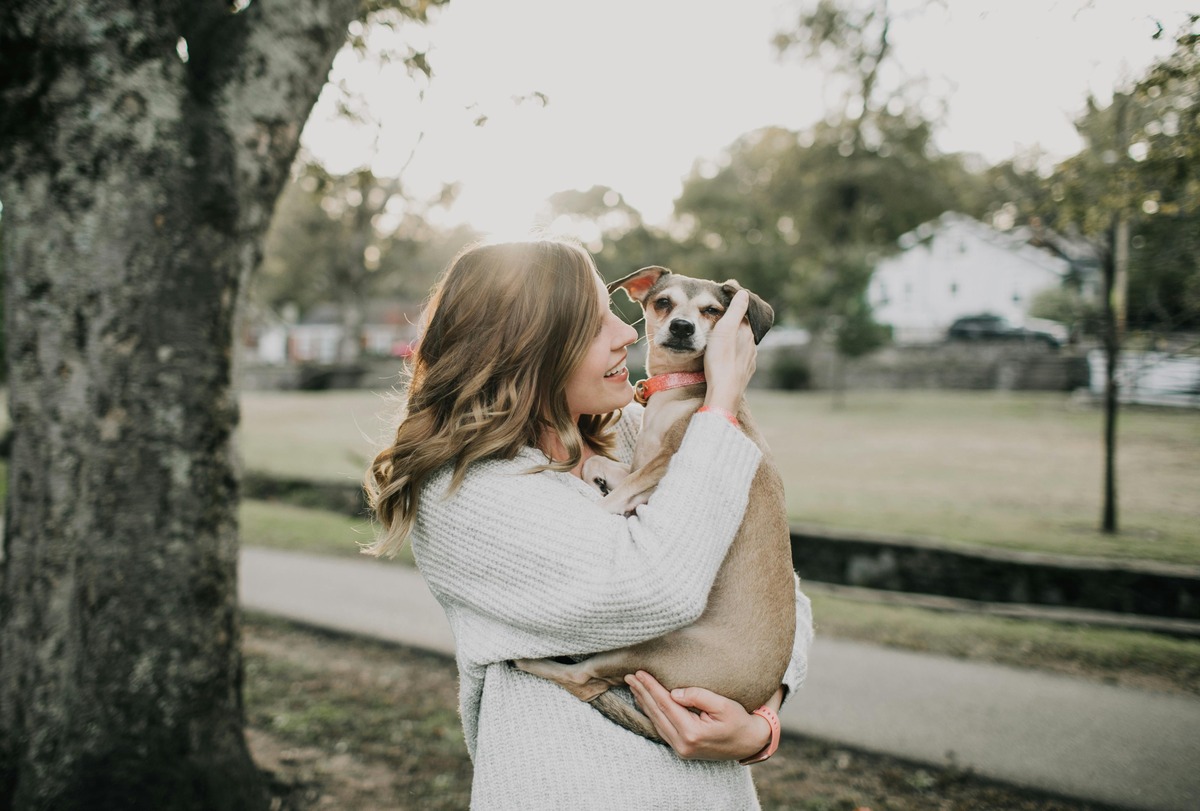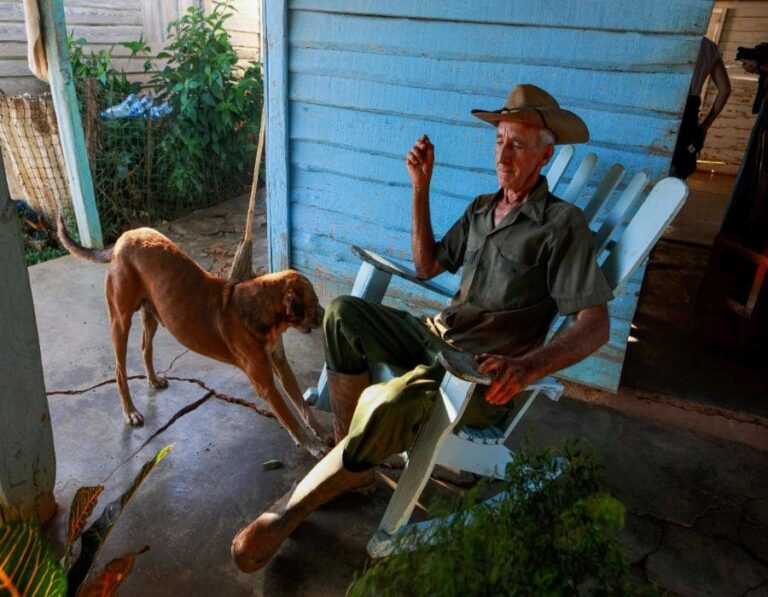13 Human Behaviors That Dogs Just Can’t Tolerate
Dogs are some of the most loyal and loving companions on the planet, but they don’t always understand human behavior. While we might think we’re showing affection or setting rules, some of our actions can actually confuse, stress, or even upset our furry friends.
Understanding what behaviors bother dogs the most can help you become a better pet parent, build a stronger bond, and create a happier, more trusting relationship with your pup. Here are 13 human behaviors that dogs just can’t tolerate—and what you should do instead.
1. Hugging Them Too Tight
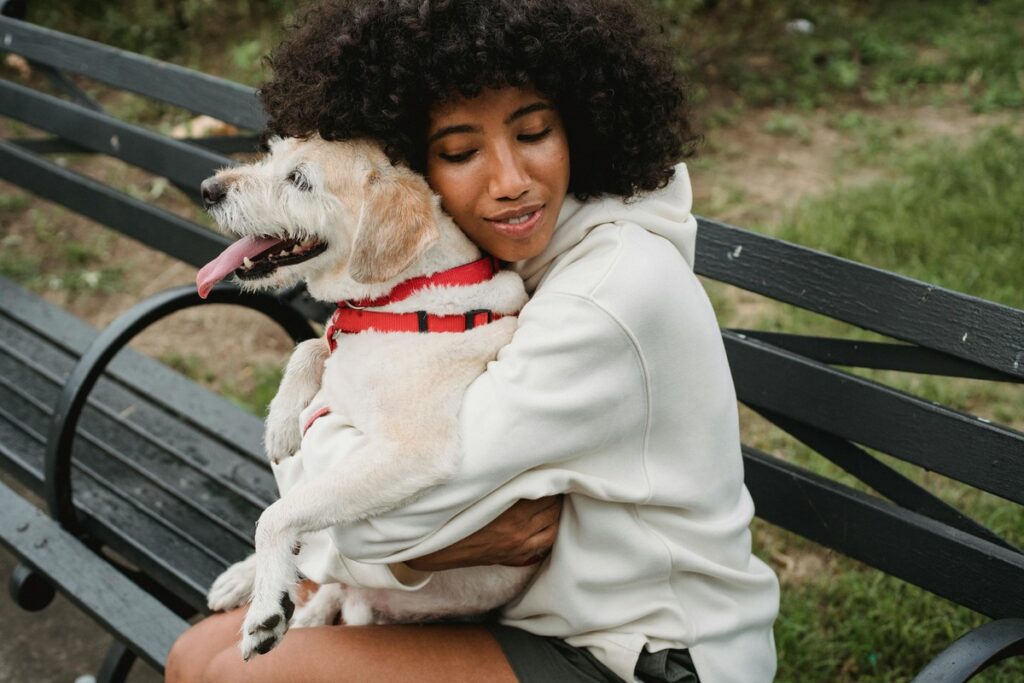
While some dogs may tolerate or even enjoy hugs, many do not like being squeezed or confined. In the dog world, placing a limb over another dog can be seen as a sign of dominance, not affection.
A tight hug can make your dog feel trapped and anxious, especially if they start licking their lips, turning their head away, or stiffening up.
What to Do Instead: Instead of hugs, show love through gentle petting, belly rubs, or sitting beside them for comfort.
2. Yelling or Using Harsh Punishments
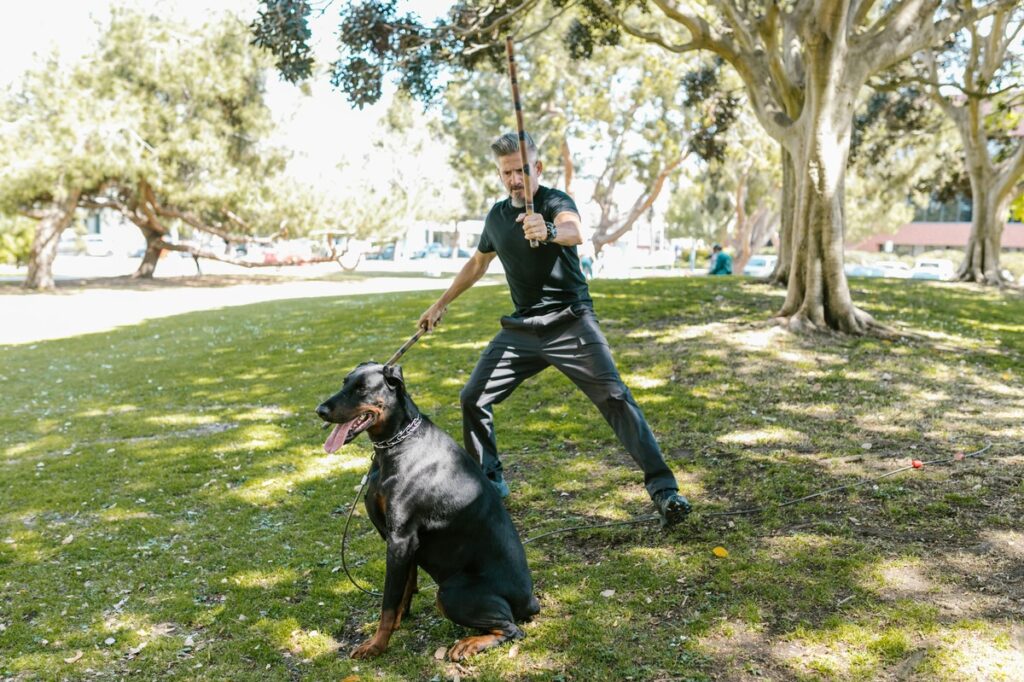
Dogs don’t understand human anger the way we do. Raising your voice or punishing them harshly can make them feel fearful, anxious, and unsure of your reactions.
If a dog is scolded after a mistake, they may not connect the punishment to their behavior, leading to confusion rather than learning.
What to Do Instead: Use positive reinforcement with treats and praise to encourage good behavior rather than punishing mistakes.
3. Staring Directly Into Their Eyes

In human interactions, eye contact can be a sign of confidence and trust, but in the dog world, staring directly into someone’s eyes is a challenge or a threat.
If you lock eyes with a dog for too long, they may become nervous, look away, or even react defensively.
What to Do Instead: If you need to make eye contact, keep it soft and relaxed, and blink slowly to show you mean no harm.
4. Not Letting Them Sniff Around
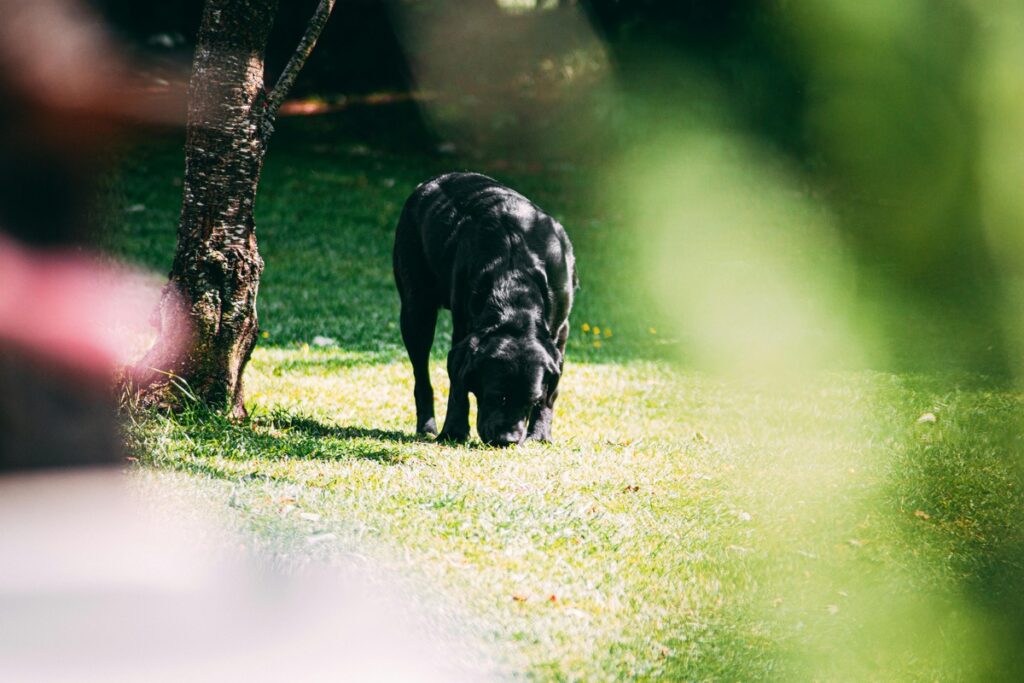
Dogs experience the world through their nose. Smelling is how they gather information, understand their surroundings, and communicate with other animals.
Rushing your dog on walks without letting them sniff can take away one of their most important instincts, leaving them frustrated and mentally under-stimulated.
What to Do Instead: Allow your dog extra time to sniff and explore on walks—it keeps them happy and engaged.
5. Dressing Them in Uncomfortable Clothes
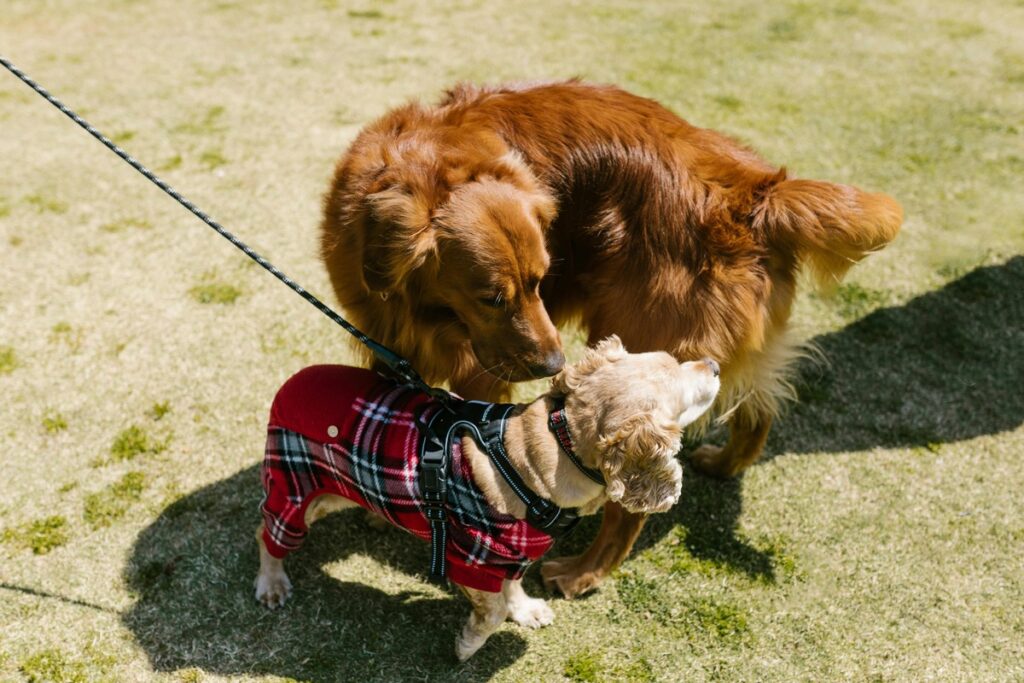
While some small or short-haired dogs may need coats in cold weather, many dogs dislike wearing unnecessary clothing. Tight outfits can restrict their movement, irritate their skin, or make them feel stressed.
What to Do Instead: Only use clothing when necessary, and make sure it’s lightweight, comfortable, and properly fitted.
6. Leaving Them Alone for Too Long

Dogs are social animals and don’t like being left alone for extended periods. Loneliness and separation anxiety can lead to destructive behaviors, excessive barking, or even depression.
What to Do Instead: If you have to leave for long hours, consider a pet sitter, doggy daycare, or interactive toys to keep them entertained.
7. Forcing Them Into Unwanted Interactions
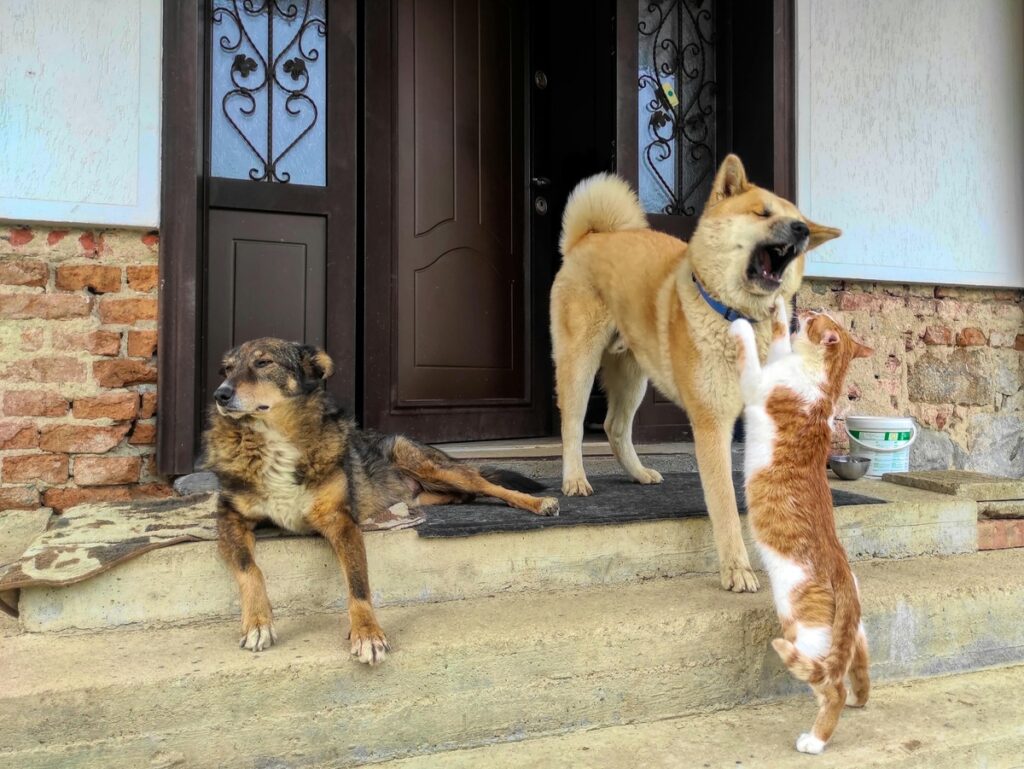
Not all dogs are comfortable meeting new people, other dogs, or being in crowded places. Forcing social interactions can make them nervous, defensive, or aggressive.
What to Do Instead: Allow your dog to approach new experiences at their own pace and watch for body language cues that signal discomfort.
8. Teasing or Playing Rough

Some people think it’s funny to bother dogs by pulling their tails, pretending to steal their food, or making sudden loud noises. This can frustrate or scare your dog, making them lose trust in you.
What to Do Instead: Play with your dog in a gentle and respectful way, using toys instead of physical teasing.
9. Inconsistent Rules and Mixed Signals

Dogs thrive on routine and consistency. If one day they’re allowed on the couch but the next day they’re scolded for it, they’ll become confused about what’s expected of them.
What to Do Instead: Keep consistent training rules and ensure everyone in the household follows the same guidelines for your dog’s behavior.
10. Ignoring Their Body Language

Dogs communicate a lot through body language, and ignoring these signals can cause frustration and misunderstandings. Yawning, licking lips, turning away, or pinned ears can all be signs of stress or discomfort.
What to Do Instead: Learn your dog’s signals and respect their space when they seem uneasy or overwhelmed.
11. Rushing Them During Bathroom Breaks
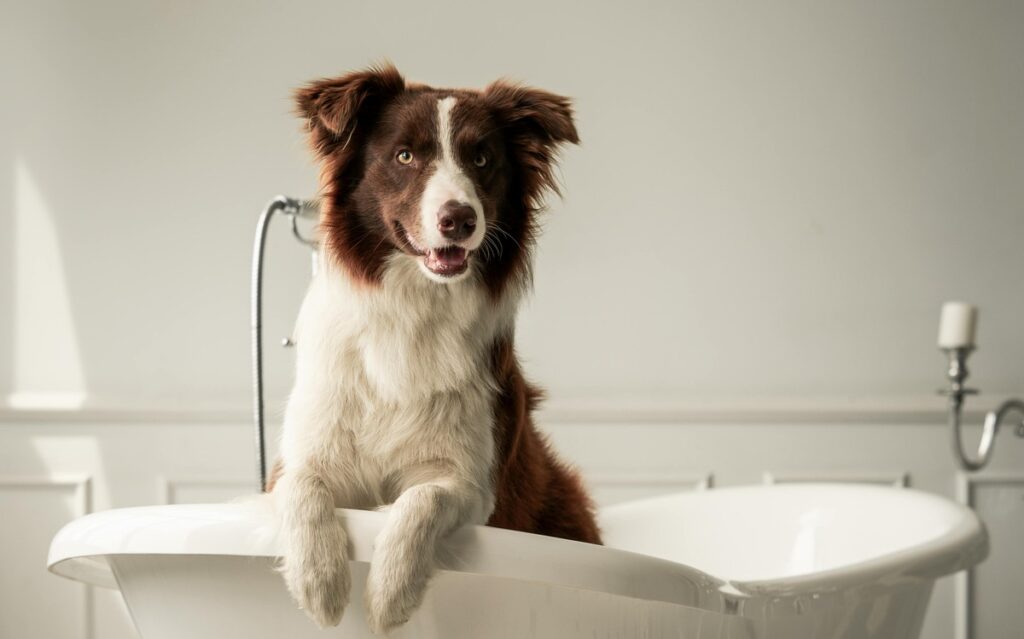
Dogs have a natural instinct to find the perfect spot when going to the bathroom. If you rush them or pull them away too soon, they may feel stressed or uncomfortable.
What to Do Instead: Be patient and give them enough time to sniff, explore, and feel comfortable before relieving themselves.
12. Touching Their Paws, Tail, or Face Without Warning

Many dogs are sensitive about their paws, tail, or face, and sudden touches in these areas can make them jumpy or defensive. If your dog isn’t used to being touched in certain areas, they may react by pulling away or even snapping.
What to Do Instead: Desensitize your dog gradually by touching these areas gently while offering treats and praise.
13. Not Giving Them Enough Mental Stimulation

Dogs need more than just physical exercise—they also need mental challenges to stay happy. A bored dog may develop destructive habits like chewing furniture, excessive barking, or digging.
What to Do Instead: Provide interactive toys, puzzle feeders, and training exercises to keep your dog mentally engaged and fulfilled.
Keep This in Mind:
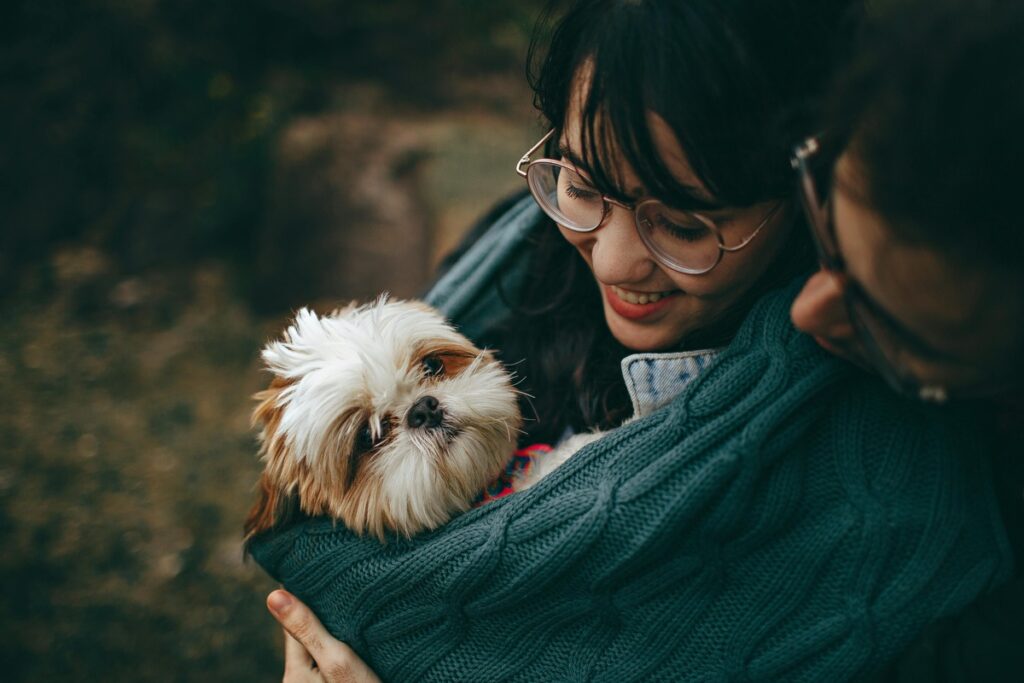
Dogs love and trust us unconditionally, but sometimes our human behaviors can confuse or upset them. By understanding their needs, respecting their boundaries, and learning to communicate effectively, we can create a stronger and happier bond with our furry companions.
If your dog exhibits signs of stress, fear, or frustration, take the time to adjust your behavior and meet their needs in a way they understand. A little patience and empathy can go a long way in keeping your dog happy, relaxed, and well-adjusted!

